The Geography of Brazil
Brazil is the 5th largest country in the world, only Russia, China, Canada and the United States exceeding it in terms of size. It makes up almost half of the entire continent of South America, covering an area of over 8.5 million square kilometres. It is bordered by Argentina, Uruguay, Paraguay, Peru, Bolivia, Colombia, Venezuela, Guyana, Suriname and French Guiana. In fact it shares borders with every country in South America except Chile and Ecuador, and these inland borders extend for over 15,500 kilometres. To the eastern side of Brazil lies the Atlantic Ocean, with its coastline extending for more than 7,000 kilometres.
Brazil’s geography is vast and complex and its landscapes continue to impress its visitors. Brazil is home to over 60% of the Amazon Rainforest as well as immense stretches of highlands and an endless and spectacular coastline that feature mangroves, dunes, lagoons and impressive coral reefs. It is definitely worth a visit!
The country is divided into 5 main geographic regions.
Amazon Basin
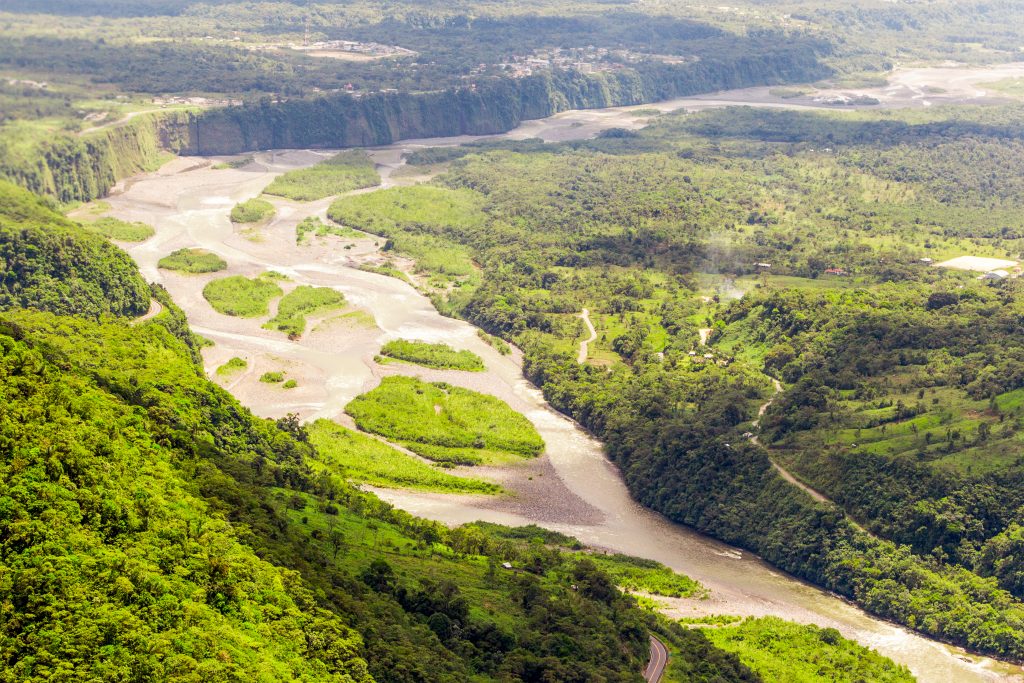
The Amazon Basin occupies more than half of Brazil’s area with the Amazon River extending for over 3,000 kilometres across the country and carrying more water into the Atlantic than any other river to any other body of water. The Amazon River holds one fifth of the world’s fresh water and during the wet season it can expand to nearly 50 kilometres at its widest point. This vast region of tropical rainforest is home to a staggering diversity of wildlife.
Pantanal
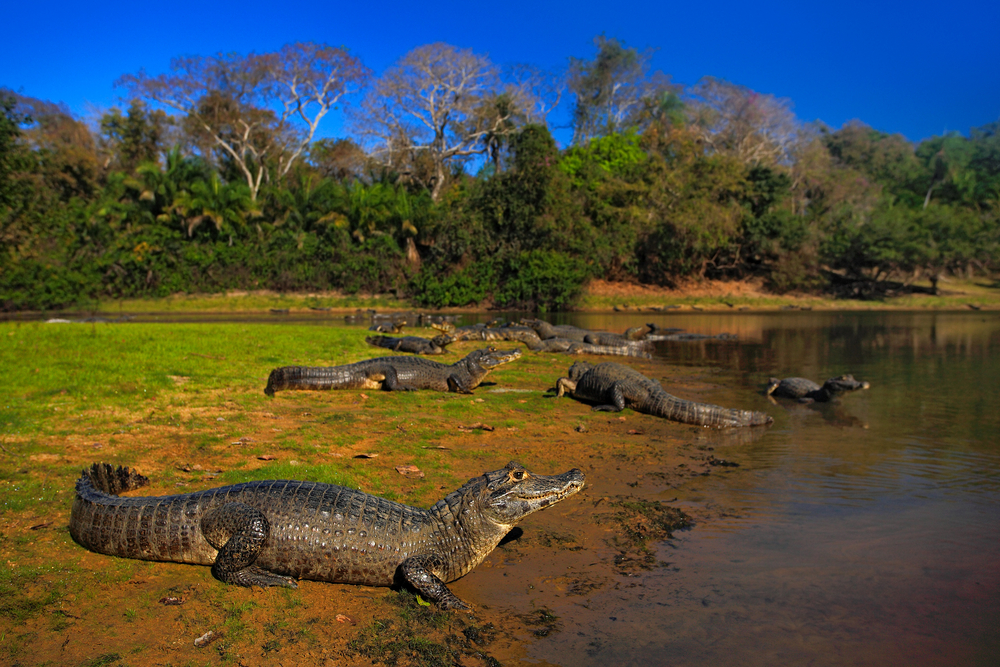
The Pantanal is a tropical wetland system, a vast region of swamps and marshes and one of the largest freshwater wetlands in the world. It covers an area of over 14,000 square kilometres, and is a mosaic of flooded grasslands, savannahs and tropical forests interspersed with lakes, lagoons, rivers and marshes, its landscape brimming with the highest concentration of wildlife in South America.
Guiana Highlands
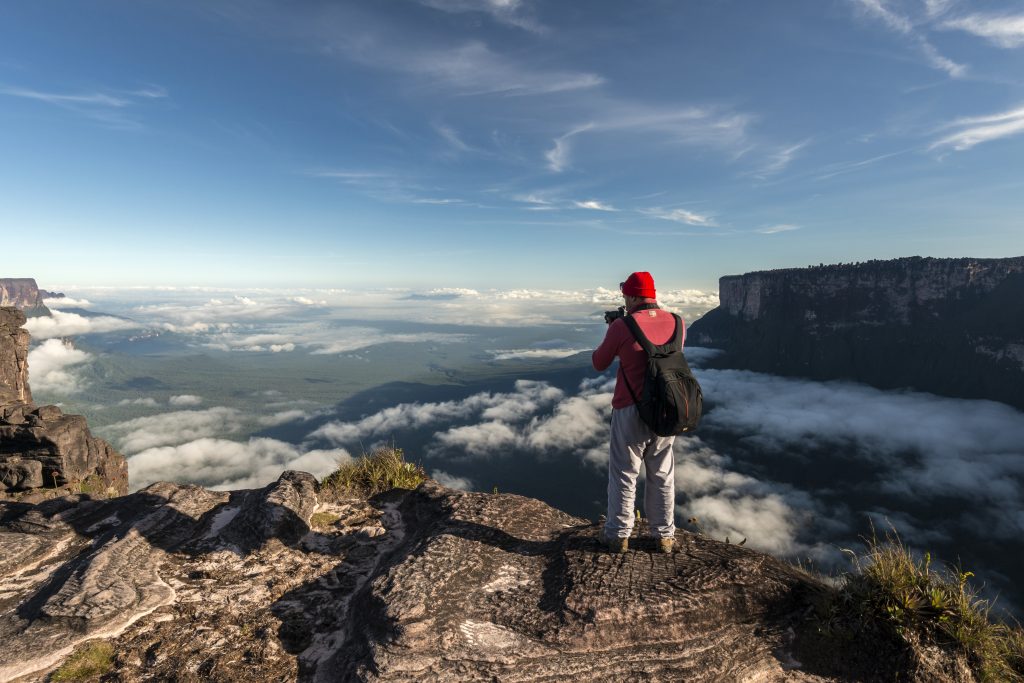
To the north of Brazil and stretching from southern Venezuela, lies the Guiana Highlands, a vast plateau of relatively flat-topped mountains covered by rainforest. It is here that you will find Brazil’s highest point, Pico de Neblina, at 2,994 metres.
Brazilian Highlands
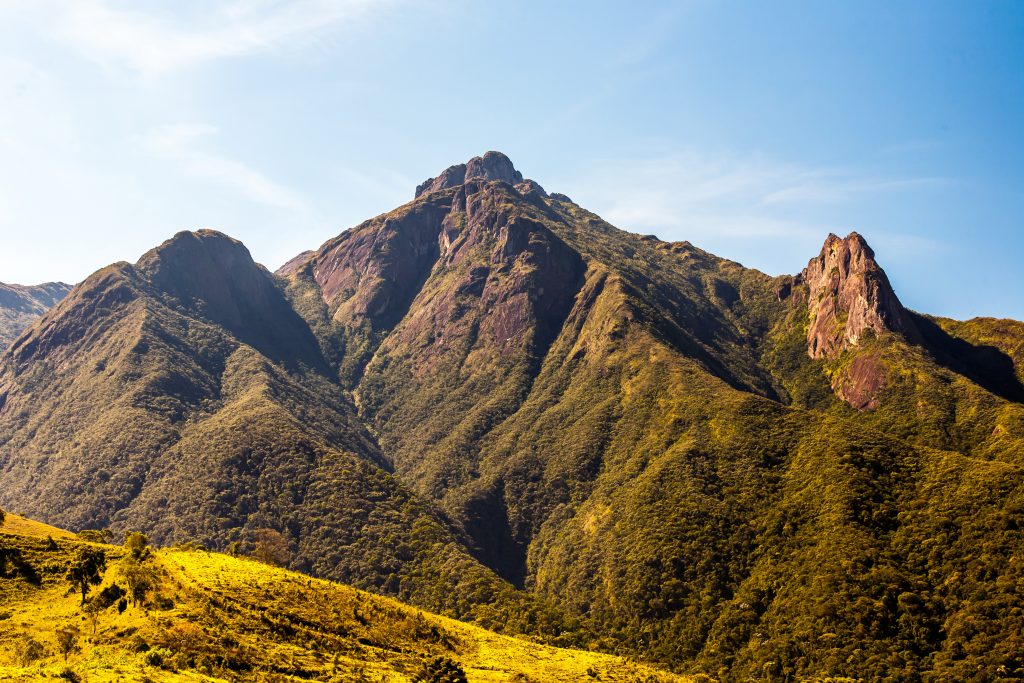
The Brazilian Highlands stretch from Rio de Janeiro north to Fortaleza, an area covered by low mountain ranges and forested river valleys with a series of higher mountains forming a natural barrier between the interior of Brazil and the Atlantic Ocean.
Southern Highlands
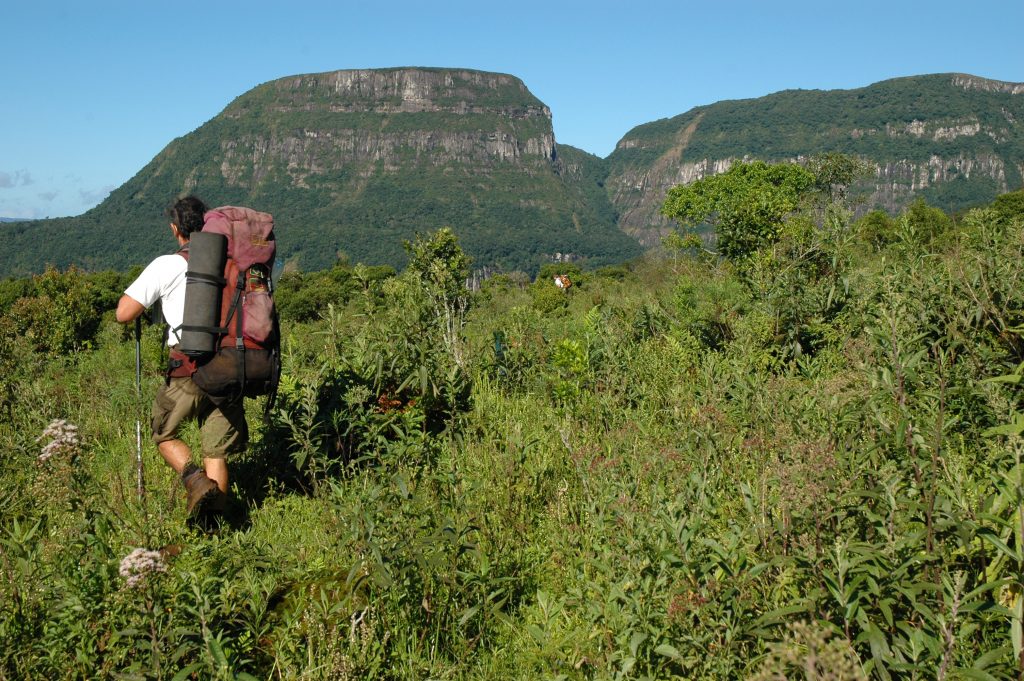
The Southern Highlands form the area to the south and west of Curitiba.
Brazil can also be divided up into six major ecosystems. The Amazon Basin and the Pantanal have already had a mention, but the other four ecosystems are the Cerrado – a savannah system covering much of the centre of the country; Caatinga – thorny scrubland habitat of the northeast; Atlantic Forest – extending along the entire coast and the Pampas – fertile lowland plains of the far south.
In terms of land use, agricultural land accounts for around 33% of Brazil’s land use and forest around 62%. The country’s main natural resources include bauxite, gold, iron ore, platinum, tin, uranium, petroleum, hydropower and timber. Brazil is also the world’s largest exporter of coffee, soy beans, orange juice, tobacco, raw cane sugar and refined sugar and the world’s third largest exporter of beef and cocoa.
The range of landscapes are impressive and offer a huge variety of experiences. These range from the incredible Amazon Basin to the wildlife rich Pantanal wetlands, the mighty Iguazu Falls, the endless expanses of coastline and beaches, the waterfalls and peaks of Chapada Diamantina National Park and the Pampas grasslands where the beef cattle graze. And we have not even mentioned the vibrant cities and fascinating historic towns that dot the country and the landscape. Brazil is definitely a force to be reckoned with!
Inspired to explore more of Brazil? We offer unforgettable trips through the heart of Brazil! Click here to scour our range of fantastic tours and let us take you to South America.
Where Will You Go Next ?
- Popular Destinations
- Antarctica
- The Arctic
- South America
- Central America
- More to explore
- Amazon
- Antarctic Circle
- Antarctic Peninsula
- Argentina
- Bolivia
- Brazil
- Canadian Arctic
- Chile
- Colombia
- Costa Rica & Panama
- East Antarctica
- Ecuador
- Galapagos Islands
- Greenland
- Guatemala & Honduras
- Machu Picchu
- Mexico
- Patagonia
- Peru
- South Georgia and Falkland Islands
- Spitsbergen
- Sub Antarctic Islands

Talk to one of our experienced Destination Specialists to turn your Antarctic, Arctic and South American dream into a reality.
Contact us